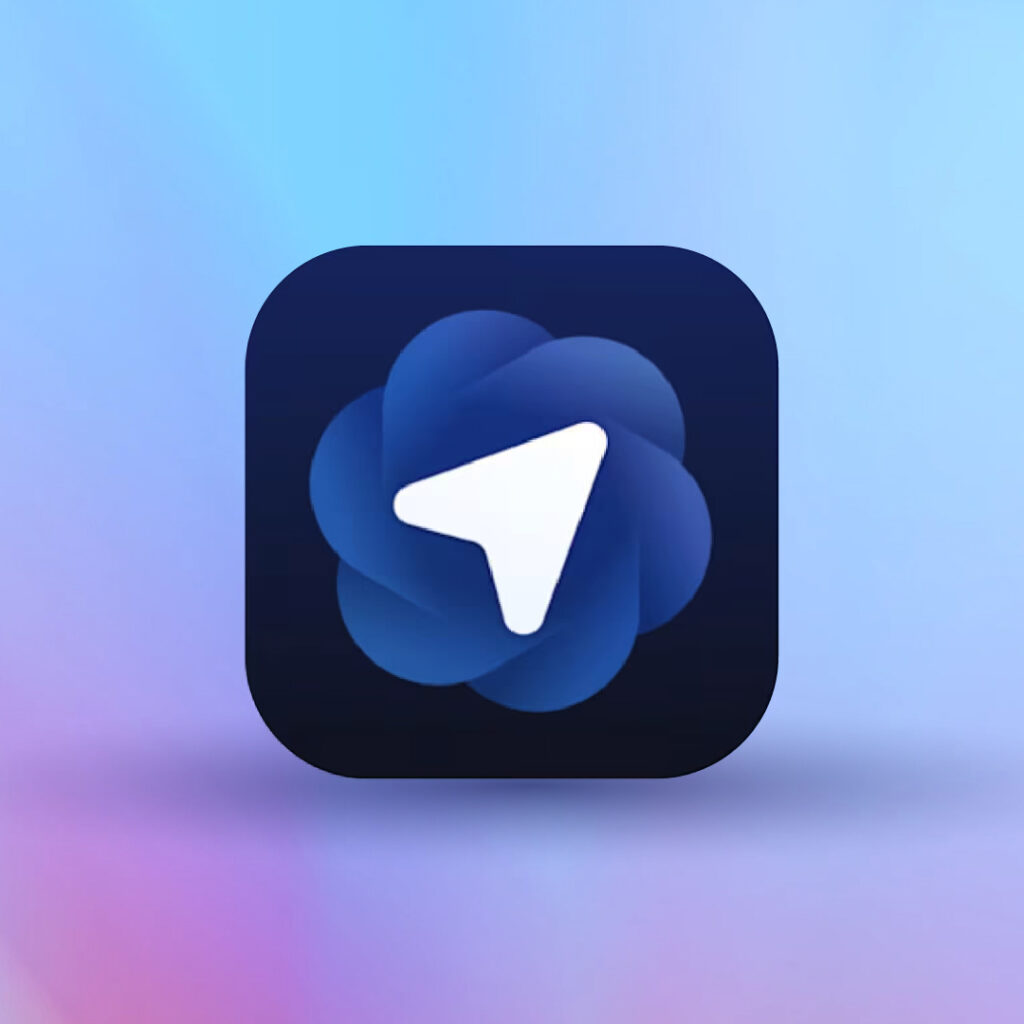Did ChatGPT’s New Browser Change The Future of Google Ads?
2 Minute Read
A clear look at what conversational search means for marketers
Google now shows AI answers directly on results pages. When the answer is visible there, fewer people click through to websites. That shift is already changing how visibility and conversions happen.
Enter Atlas, ChatGPT’s new browser. ChatGPT reports about 800 million weekly active users as of October 2025. Many of those users may try Atlas to keep chats and browsing in one place. If that happens at scale, fewer searches and clicks will run through Google’s results. That would mean fewer chances for traditional search ads to appear and fewer visits to the sites those ads support.
What this means for Google Search and PMax
Search ads
If more questions are answered inside a chat or on the page itself, overall query volume on Google can drop for certain topics. Fewer queries can mean fewer impressions for search campaigns. Fewer site visits also shrink remarketing lists and reduce downstream conversion opportunities.
Performance Max
PMax uses signals from search behavior and site traffic, among others. If fewer sessions pass through Google properties or fewer users land on advertiser sites, those intent and conversion signals weaken. That can make targeting and attribution noisier and budgeting harder to predict.
Display, discovery, and retargeting
When fewer people visit sites, retargeting pools get smaller. Contextual and creator placements still matter, but performance tied to site visits may soften, especially for mid‑funnel efforts that depend on repeat exposure.
What advertisers can do now
• Publish material that AI systems can cite
Create clear, verifiable answers to real questions. Use original data, how‑tos, product specs, pricing, and comparisons. Add structured data, bylines, dates, and sources so content is easy to trust and reference.
• Strengthen measurement beyond last click
Track assisted conversions, direct traffic lifts, and branded search. Use consistent UTM hygiene and watch for shifts in query mix and landing‑page engagement.
• Balance media across search, content, and creators
Keep what works in Google while testing channels that reach the same audience in different moments, including partnerships and publisher placements where your expertise can be referenced.
If you want the practical playbook for making content discoverable in AI chat, stay tuned for our guide to AI Engine Optimization. It explains how to structure pages so ChatGPT and Google AI can cite your work and still drive qualified traffic.

